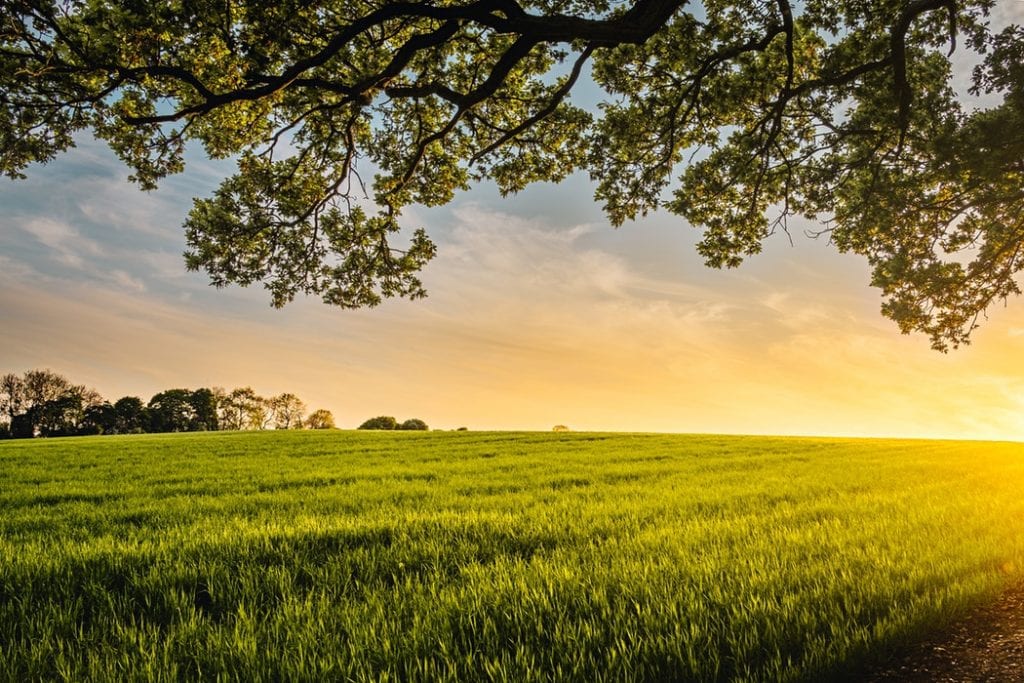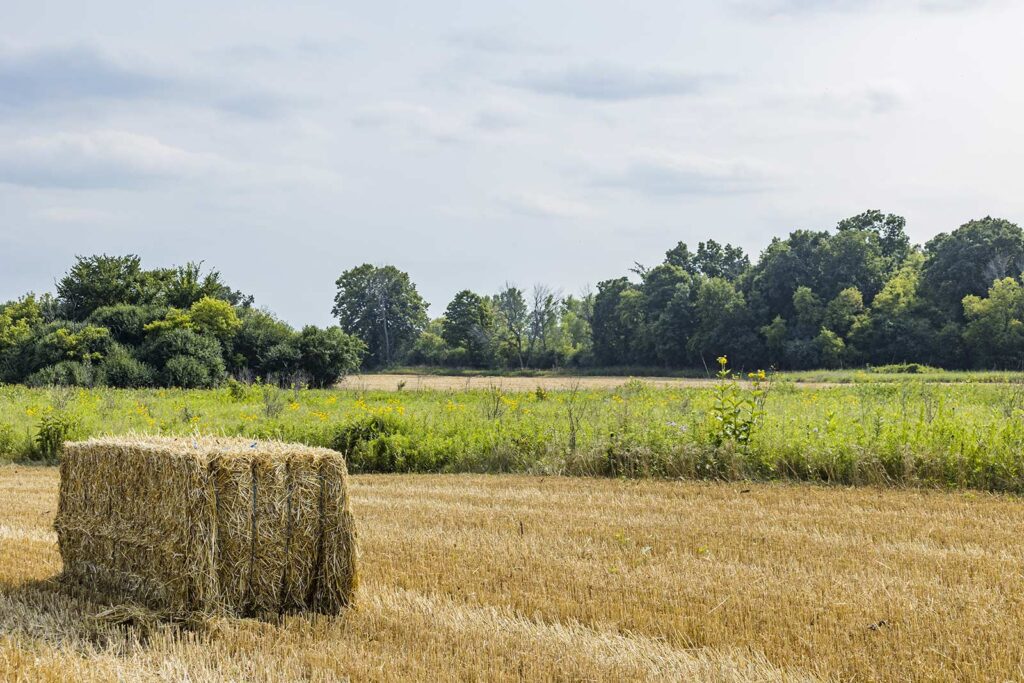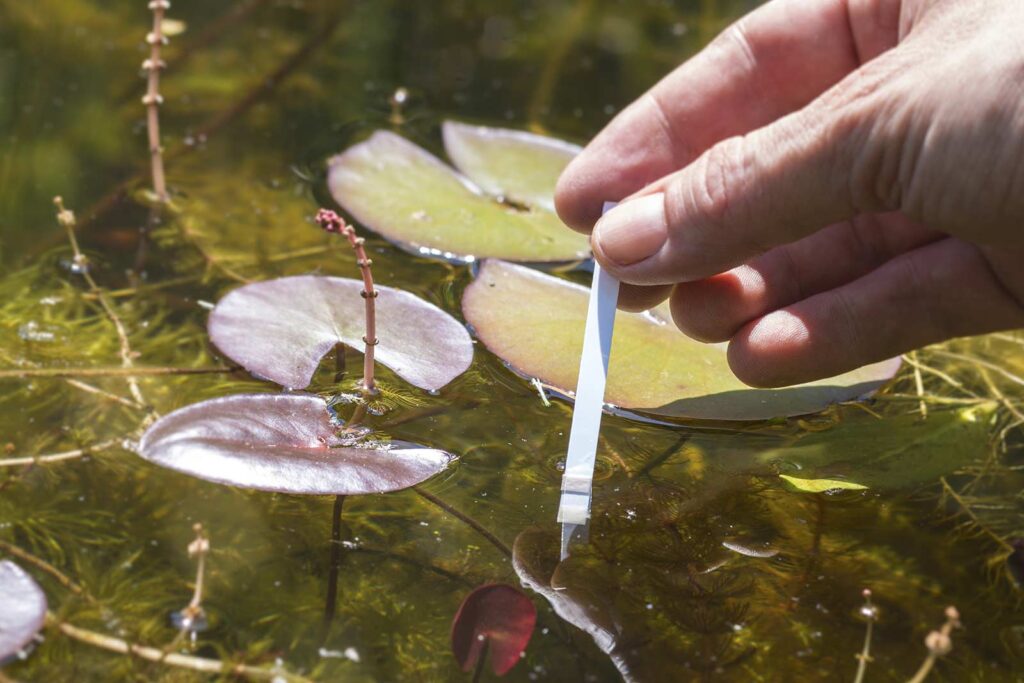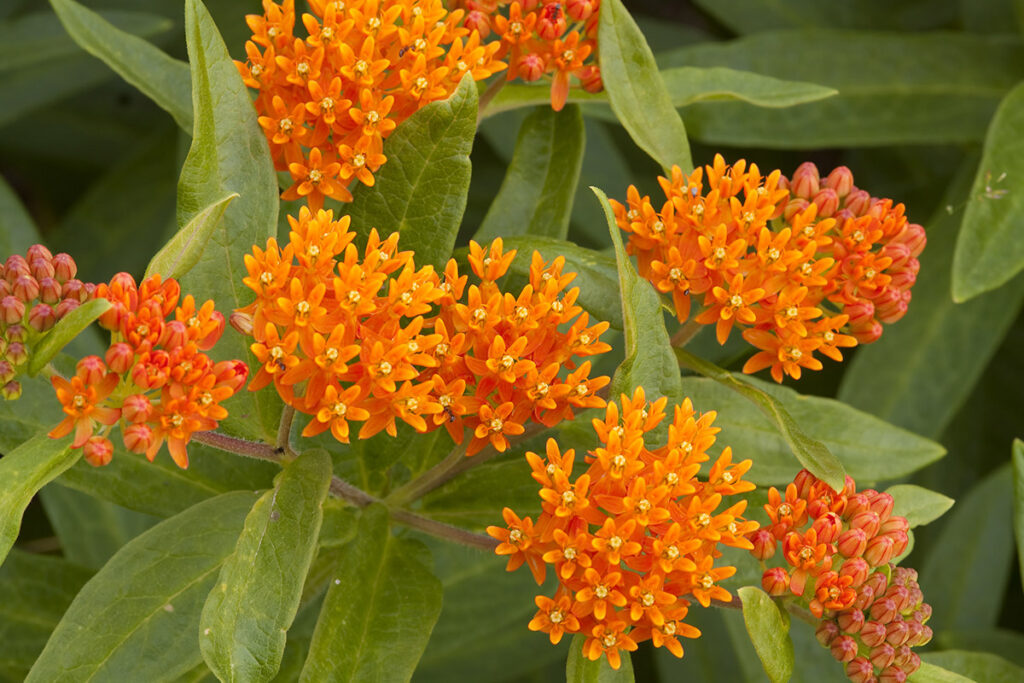Conservation Reserve Program Sign-Ups Begin for 2022
The USDA has announced that farmers and landowners will be able to sign up for the Conservation Reserve Program (CRP) for 2022 starting at the end of January. Enrollment for the General CRP will be open from January 31 through March 11, and for the Grassland CRP from April 4 through May 13. General CRP […]
Conservation Reserve Program Sign-Ups Begin for 2022 Read More »





